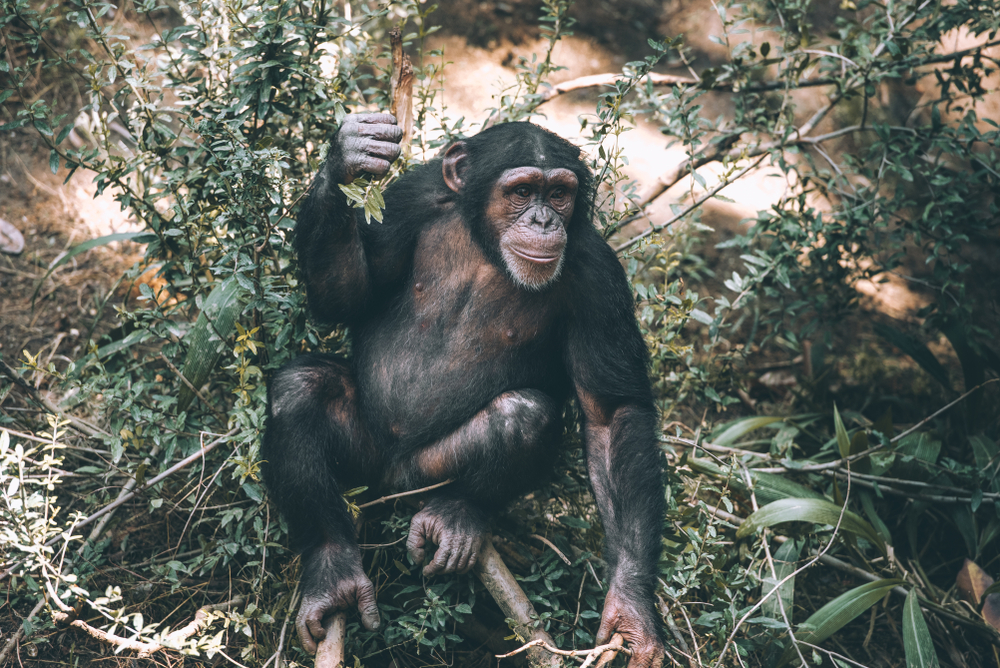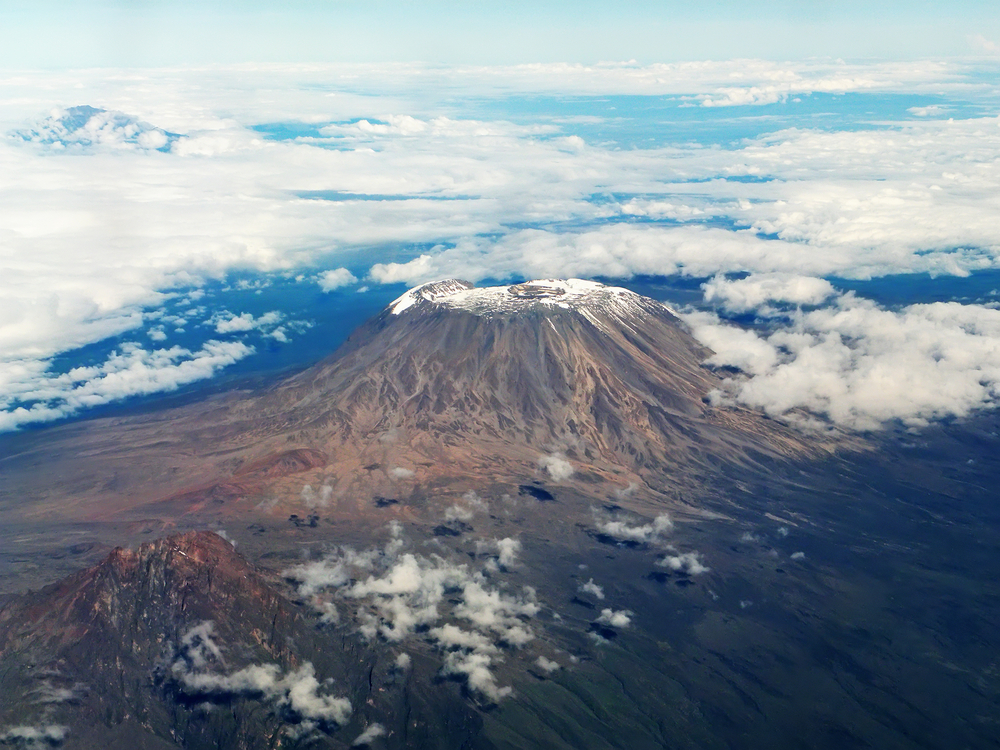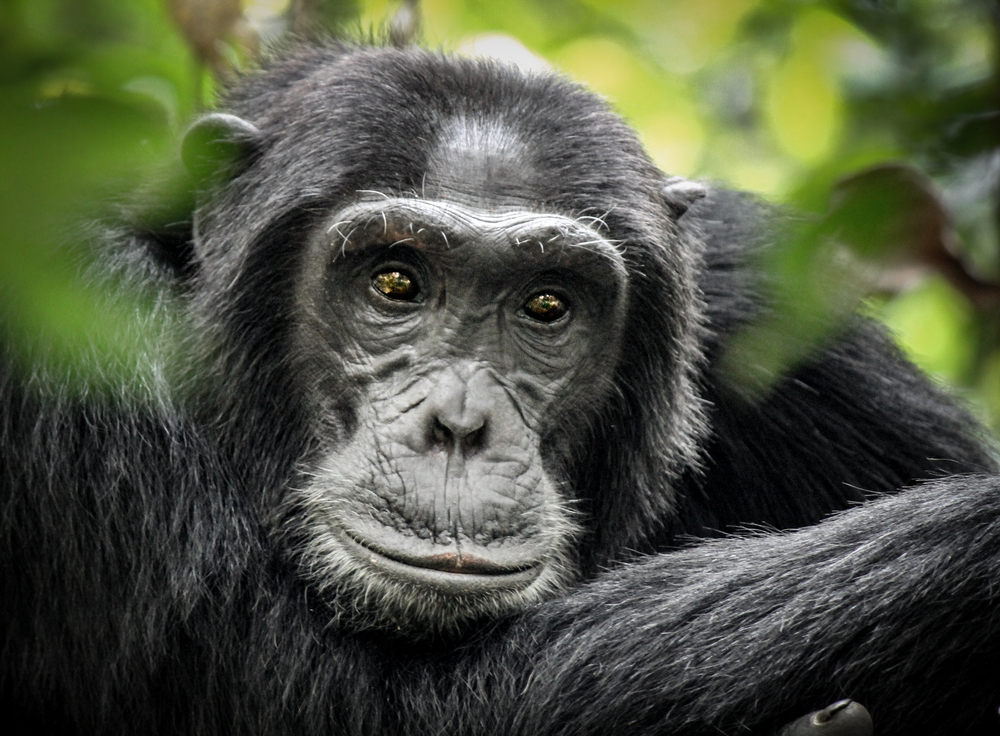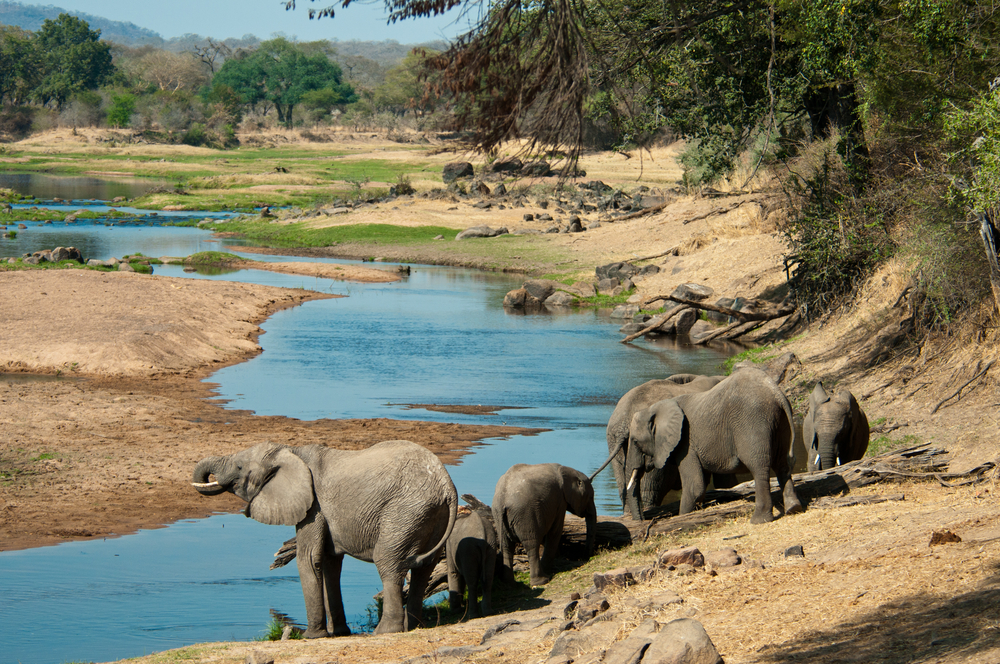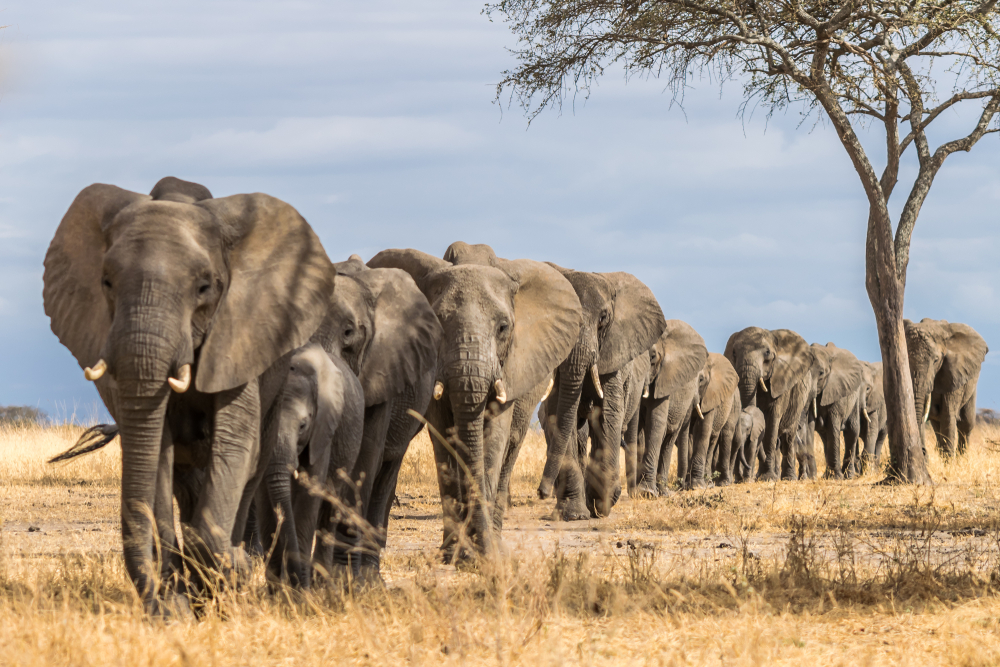Mahale Mountains Overview
Mahale Mountains National Park, locally known as Hifadhi ya Taifa ya Milima ya Mahale, is one of Tanzania’s most captivating and remote wilderness areas. Located on the eastern shores of Lake Tanganyika, the world’s second-deepest freshwater lake, Mahale spans an impressive 1,650 square kilometers (637 square miles). This park, with its dramatic mountain ranges, pristine beaches, and dense forests, is renowned for its breathtaking natural beauty and exceptional biodiversity, making it a jewel in Tanzania’s national park network.
The Mahale Mountains, after which the park is named, dominate the landscape, rising sharply to the highest peak, Mount Nkungwe, which stands at 2,462 meters (8,077 feet) above sea level. These rugged mountains are cloaked in lush forests that cascade down to the sandy shores of Lake Tanganyika, creating a unique juxtaposition of mountains and lakefront. The park’s isolation has allowed its pristine ecosystems to remain untouched, offering visitors an unspoiled paradise where nature reigns supreme.
Mahale Mountains National Park is best known for its thriving population of chimpanzees. The park is home to one of Africa’s largest remaining wild chimpanzee populations, with an estimated 1,000 individuals living in its dense forests. Visitors have the rare opportunity to track and observe these incredible primates in their natural habitat. Guided treks through the forests often result in unforgettable encounters with chimpanzee groups as they feed, groom, and play—a once-in-a-lifetime wildlife experience.
The park’s rich biodiversity extends beyond chimpanzees. Mahale supports a variety of primates, including red colobus monkeys, blue monkeys, and vervet monkeys, as well as mammals like warthogs, bush pigs, and leopards. Along the lake’s shores, hippos and crocodiles thrive, while the crystal-clear waters of Lake Tanganyika host over 250 species of colorful cichlid fish, making it a hotspot for snorkeling and aquatic exploration.
Birdlife in Mahale Mountains National Park is equally impressive, with over 350 recorded species. Forest-dwelling birds such as the African fish eagle, palm-nut vulture, and blue-cheeked bee-eater are common sights, while the lake’s wetlands attract migratory waterbirds. The park’s diverse ecosystems make it a haven for ornithologists and birdwatchers alike.
Mahale Mountains National Park is a vital area for conservation. Its remote location has protected it from human encroachment, but it remains vulnerable to threats such as poaching and habitat loss. Managed by the Tanzania National Parks Authority (TANAPA), conservation efforts focus on protecting the park’s chimpanzees, preserving its pristine ecosystems, and engaging local communities in sustainable tourism initiatives. Education programs emphasize the importance of wildlife conservation, ensuring long-term protection for this remarkable park.
Visitors to Mahale Mountains National Park can enjoy a range of activities, including chimpanzee trekking, hiking, birdwatching, and boat safaris on Lake Tanganyika. The climb to Mount Nkungwe offers panoramic views of the park’s forests, mountains, and lake, rewarding adventurers with unforgettable vistas. Pristine beaches along the lake’s shore provide opportunities for relaxation, swimming, and snorkeling in some of the clearest waters in Africa.
In summary, Mahale Mountains National Park is a breathtaking destination where mountains, forests, and lakes converge to create an unparalleled natural experience. Known for its wild chimpanzees and scenic beauty, the park stands as a testament to Tanzania’s commitment to preserving its extraordinary natural heritage.








































































